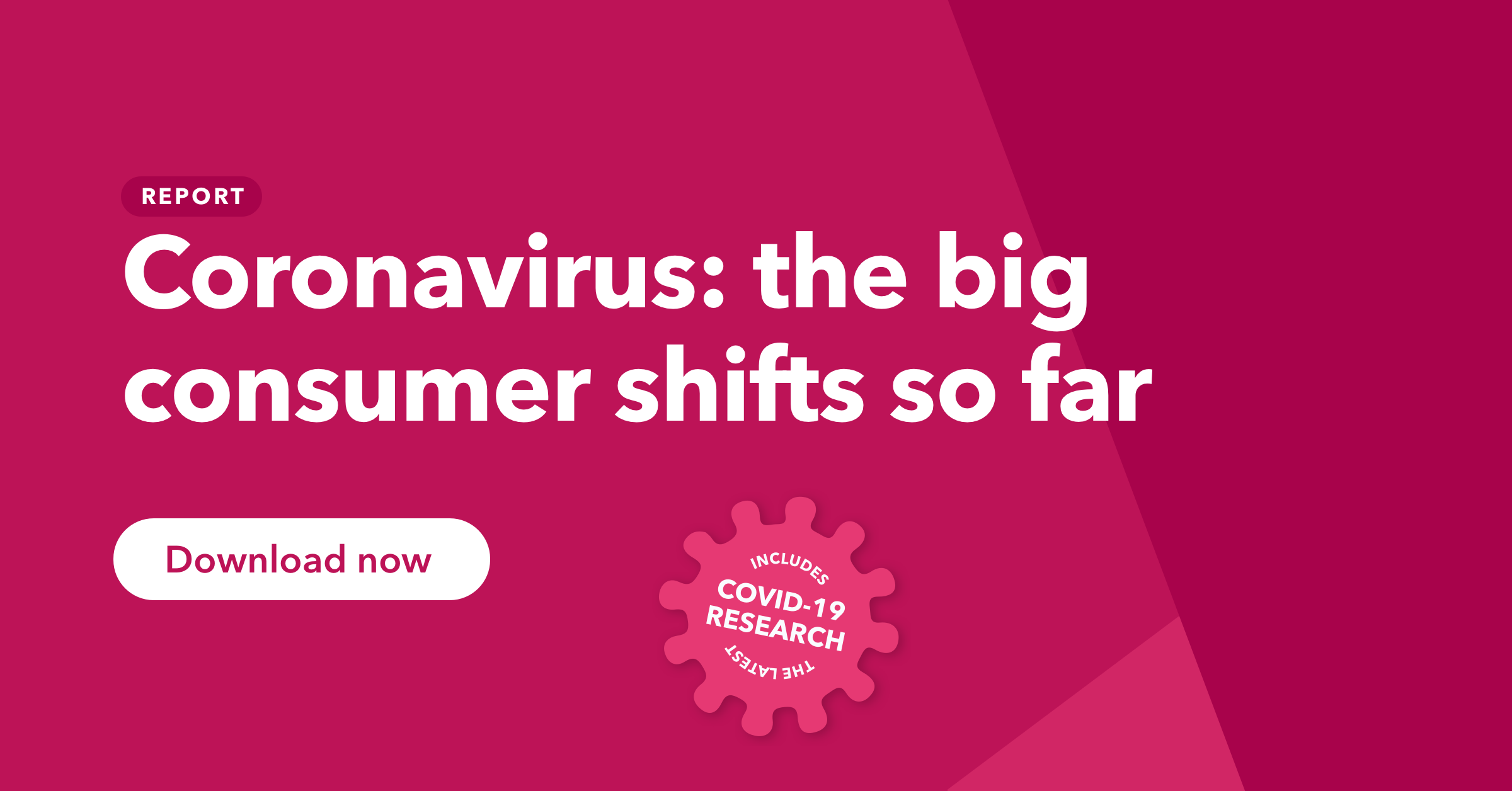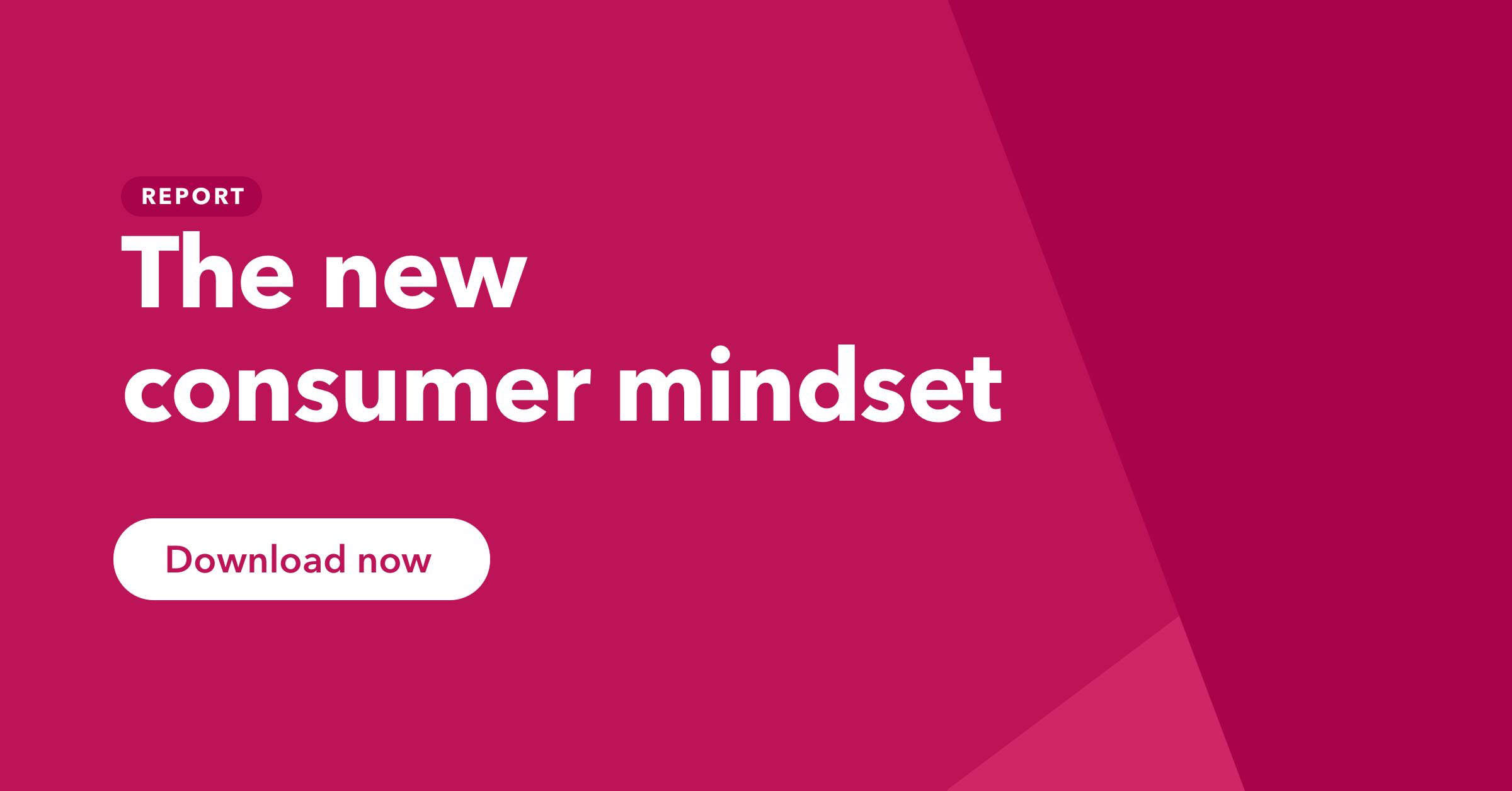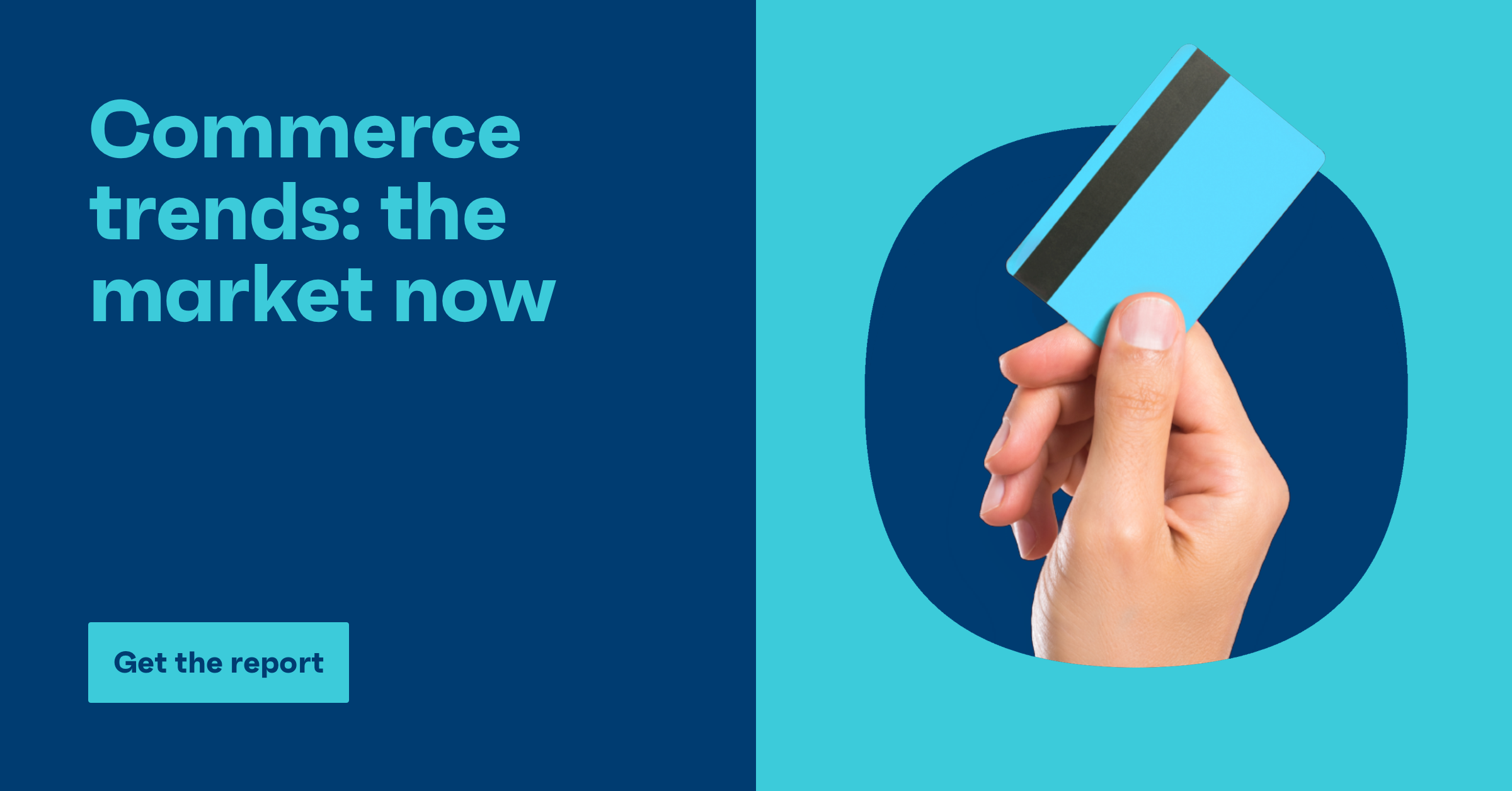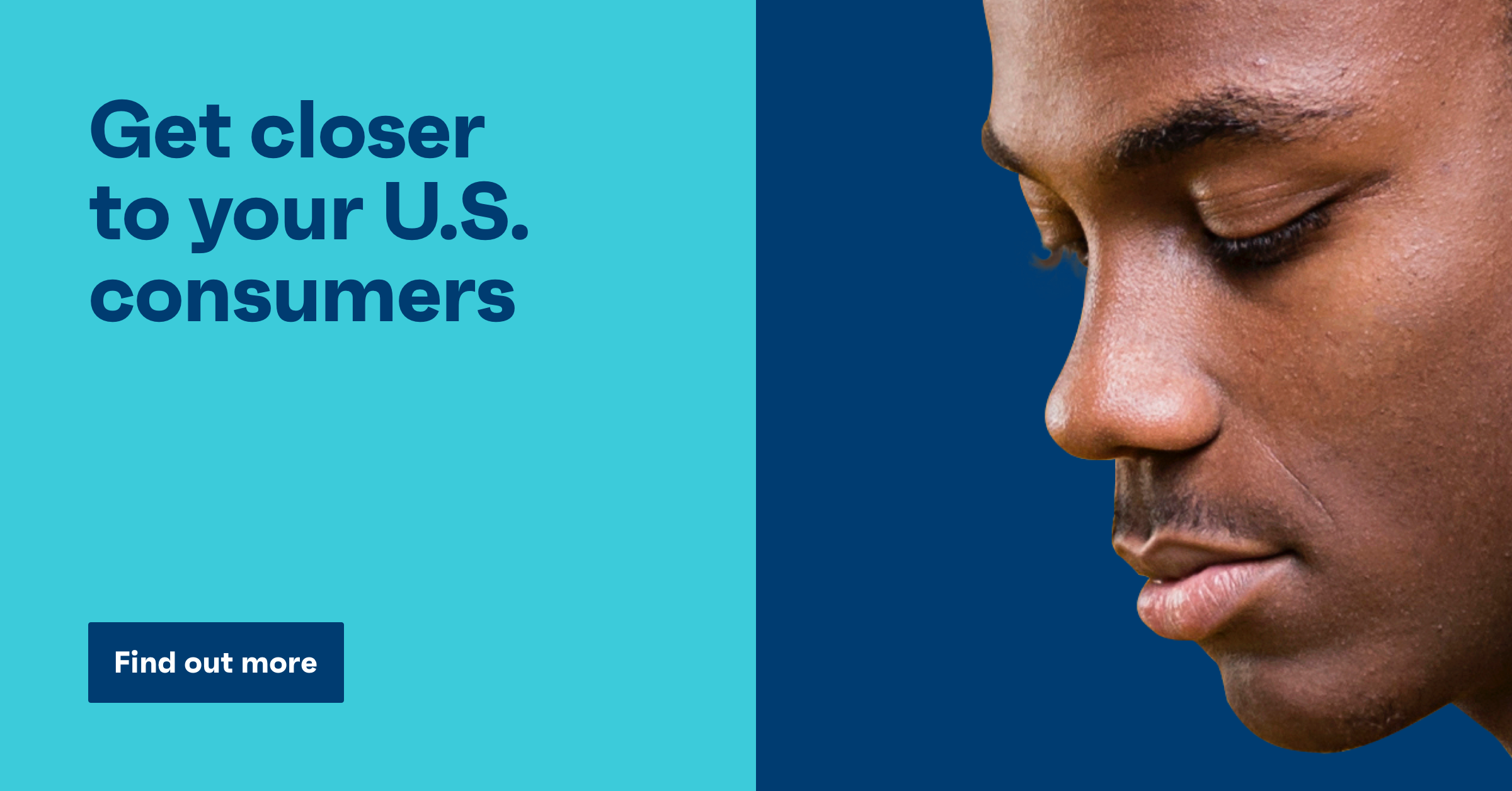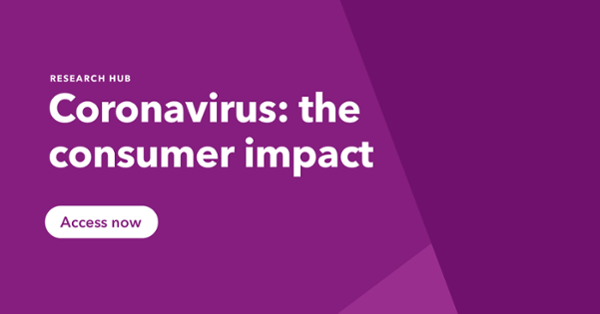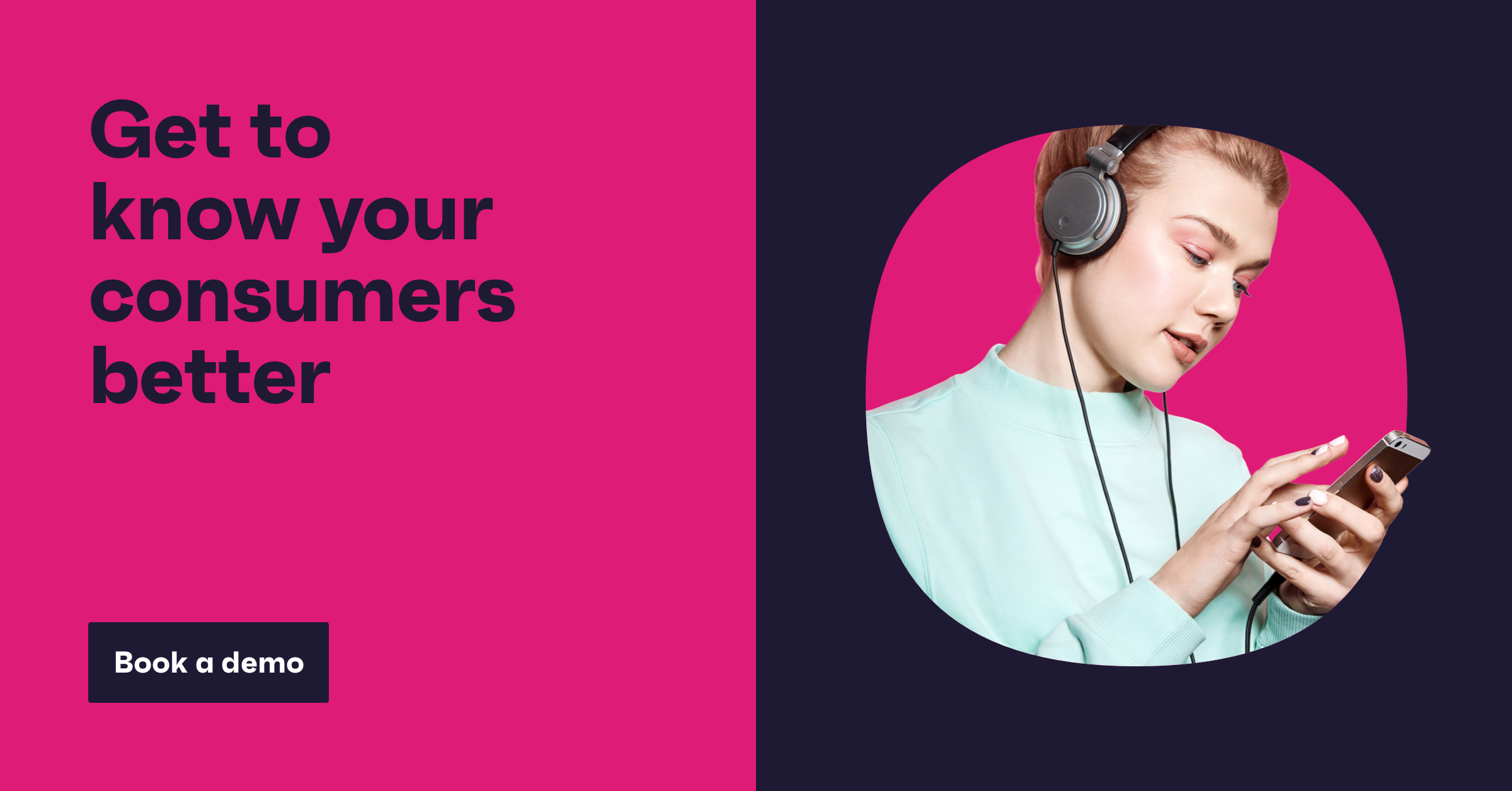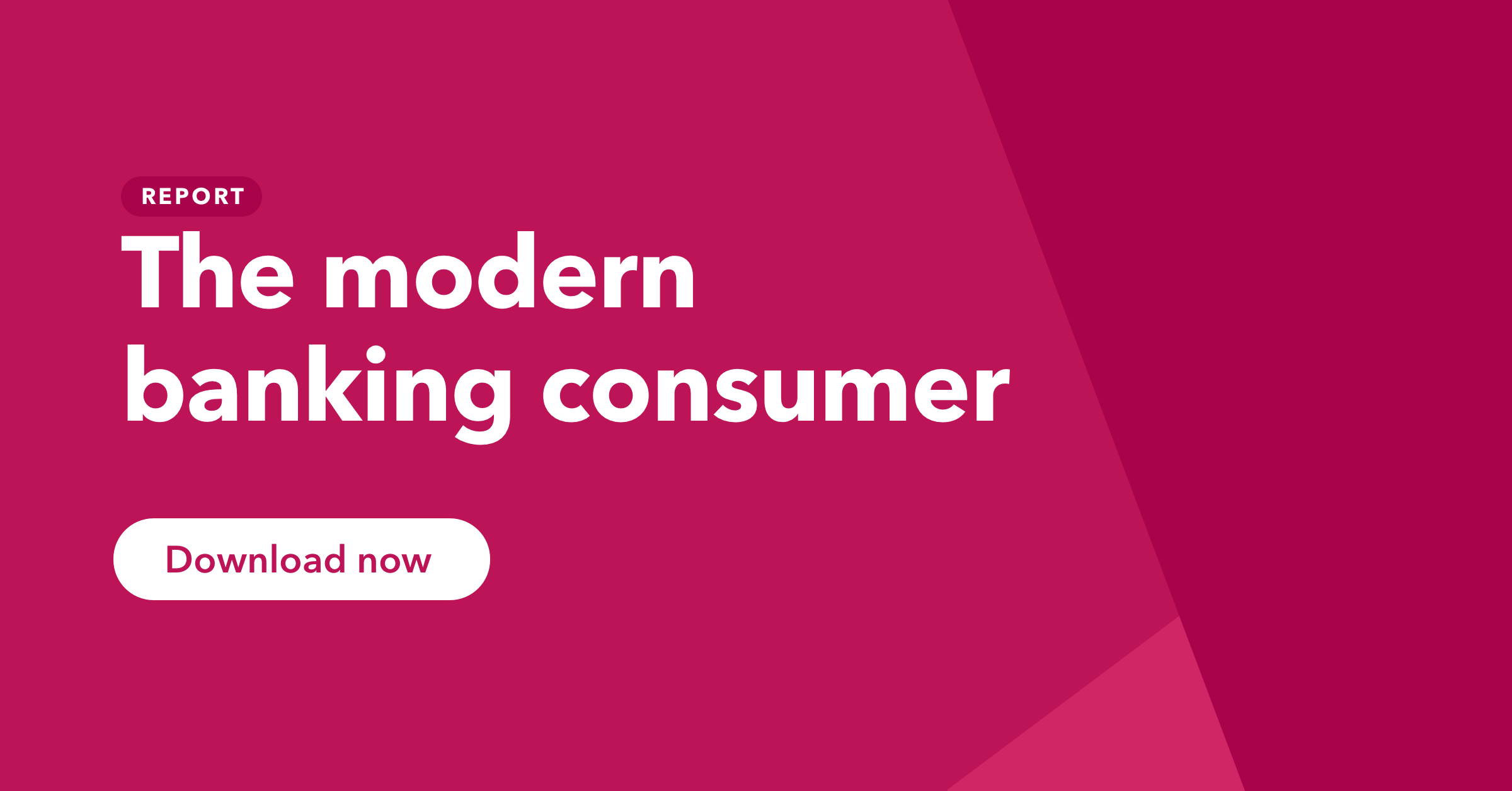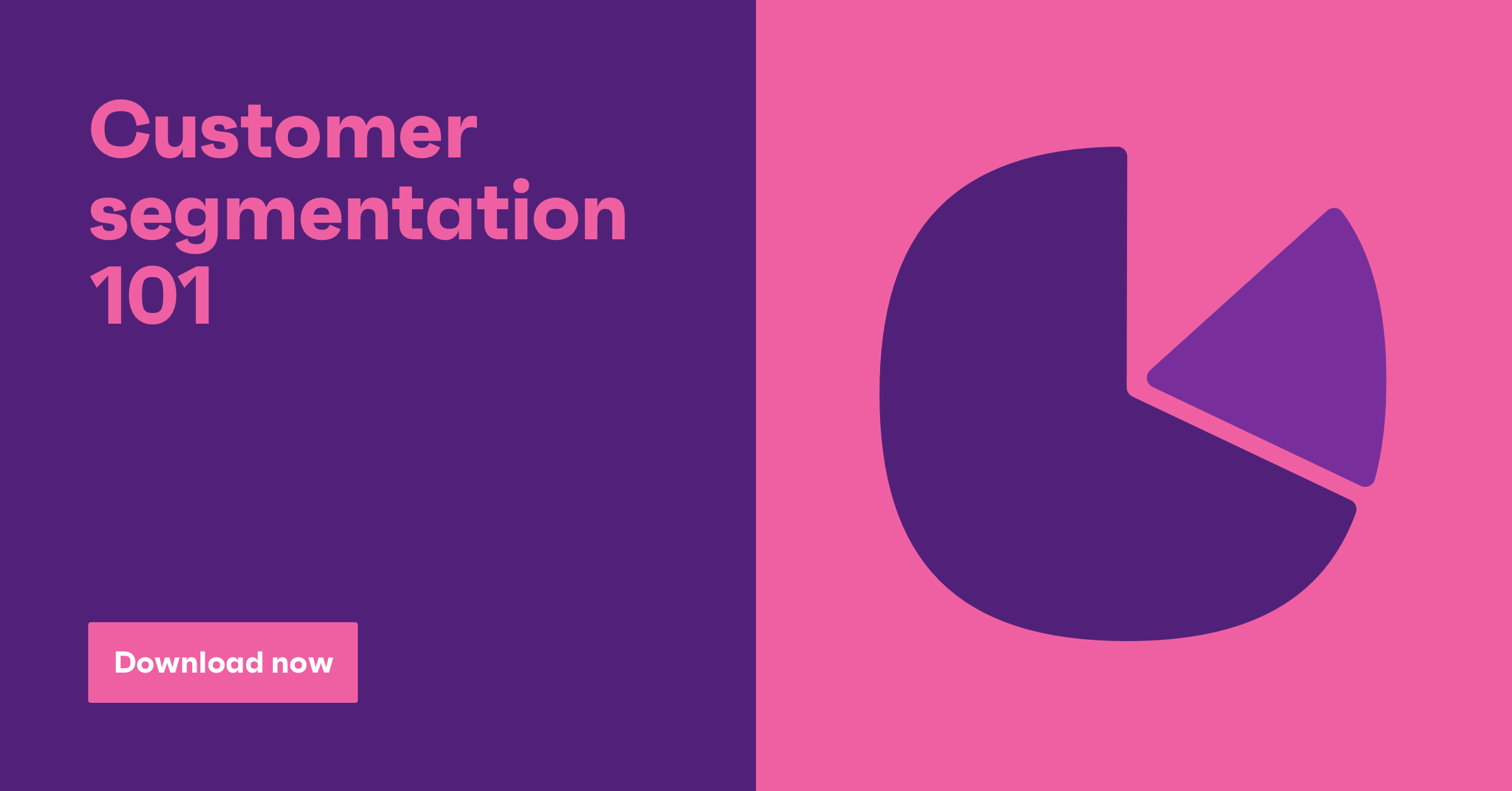
As more lockdown restrictions ease worldwide, things almost seem to be returning to normal.
But COVID-19 is still a very real threat, meaning public spaces simply can’t work the way they used to, with large gatherings a thing of the past and face masks a common accessory.
Many businesses now find themselves facing a new set of consumer segments based on how comfortable they are in returning to public spaces. In the absence of a vaccine, these risk-based segments will rewrite the rules on how retail companies drive footfall in their stores.
Younger audiences, for example, may continue unaffected, while older or at-risk groups may find themselves with a new outlook post-coronavirus.
Here, we look at the attitudes of returning audiences. We also give brands advice on how to ensure consumers are confident enough to come back, and share learnings from APAC’s post-coronavirus success.
APAC’s positive mindset is important in the public sphere.
In general, countries with a more positive outlook show greater intention to return to public spaces at the soonest opportunity. We noted this back in March and it couldn’t be more true now.
APAC, as the first region to experience the effects of COVID-19, is further along the road to recovery and making faster steps toward normalcy than anywhere else in the world, despite some recent setbacks.
Our data reflects that, of the countries most optimistic they will recover, four of the top five are found in APAC.
80% of internet users across APAC are optimistic their country will overcome the outbreak.
Compared to Europe, where the region is beginning to recover, optimism falls to 45%, with lows of 32% in France and Spain.

This may seem disheartening, but attitudes can change quickly. For example, in April, just 3 in 10 users in APAC said they’ll return to shops immediately or very quickly after they reopen.
Fast-forward to May, and this figure rises to 4 in 10, the first time where the top ten countries for confirmed coronavirus cases were all found outside of APAC.
There are exceptions, however. Users in Japan, while having so far avoided much of the devastation seen elsewhere, are still very uncertain about their future – just 12% say they’re optimistic their country will overcome COVID-19, with almost 6 in 10 demonstrating negativity.
Postponement of the Tokyo Olympics and a lack of decisiveness from prime minister Shinzo Abe are factors at play here, and are likely influencing Japan’s pessimism.
Yet, 3 in 10 internet users here say they intend to make an immediate or quick return to shops – the same as New Zealand, the second highest worldwide, where 83% are optimistic.
This suggests it’s not virus fears deterring users from entering public spaces, but a lack of confidence in Japanese authority.
What largely separates APAC from the rest of the world in this scenario lies at the heart of their society – even before the outbreak.
Pre-COVID, many countries in East Asia already used face masks when sick individuals didn’t want to infect others, with the 2002 SARS outbreak only adding to this mentality.
Consumers in this region know beating COVID-19 requires a collective effort, and not a long waiting game. While this is a big adjustment for individuals elsewhere, it’s not one they’re incapable of.
Age isn’t everything.
Knowing what matters most to returning consumers is important, but knowing who the returning customer is means businesses can prepare accordingly.
Using data from wave 4 of our coronavirus study, we categorized internet users based on the speed of which they intend to return to public spaces – immediately, quickly or slowly.
While it’s common knowledge that older audiences are more at risk from COVID-19, we highlighted recently that over 4 in 10 baby boomers actually intend on returning to shops quickly – just nine percentage points behind Gen Zs.
Intent to return to large outdoor/indoor venues is generally lower than for shops, and the gap between generations is more pronounced in this case – 1 in 3 baby boomers would quickly return to a large outdoor or indoor venue against 2 in 3 millennials.
But when viewed across each market, the gap between generations for large venues closes, implying age isn’t the main factor influencing speed of return to public places
Optimism plays an important role in consumers’ readiness to return.
Of immediate returners, 72% say they feel optimistic that their country will overcome the outbreak, falling to 59% for those expecting a slow return and climbing to 75% for quick returners.

Restrictions on normal life are easing, and with it comes newfound optimism. At first glance, it’s easy to mistake this for a lack of concern, however a higher level of optimism appears to bring with it a level of responsibility.
Immediate returners are actually on par with slower ones for levels of concern in their own country, indicating that an eagerness to shop doesn’t imply ignorance to the bigger picture.
While this does drop from 55% to 44% for quick returners, it’s important to note that businesses who are concerned about the deterrent effect of safety measures can proceed without issue.
As with APAC, individuals who are optimistic about the situation are more likely to return quicker – and businesses are crucial in ensuring this.
How to cultivate confidence for your consumer.
As we noted earlier, it’s not enough to wait for the post-virus positivity – businesses need to instill confidence in consumers by mitigating risk and assuring safety measures can work.
Fears of a second wave of coronavirus have gripped headlines in Western countries, particularly as the hot summer months lure individuals to public hotspots.
While it’s certainly important to avoid large crowds and maintain social distancing where possible, there are steps brands can take to assure even the most high-risk individuals that normal life can continue.
Just shy of 4 in 10 of those with high-risk health conditions – such as diabetes or high blood pressure – intend a quick return to shops when they reopen, meaning this isn’t an audience that businesses can afford to leave behind.
There’s a growing risk of these individuals being marginalized as society returns to normal, so businesses should be doing everything possible to accommodate their concerns and reassure their safety.
This means hygiene needs to be an absolute priority here: 64% of high-risk individuals say they consider regular cleaning important, rising to 72% for those aged 45-64.

But maintaining good hygiene isn’t just important for those most at risk. No matter at what speed individuals intend to return to public spaces, regular cleaning wins outright.
Half of those intending an immediate return to public spaces say regular cleaning is the most important safety factor in public spaces, rising to 3 in 4 for slow returners.
This shows safety is non-negotiable, with hygiene standards paramount for even the most eager consumers.
Of course, those with a more staggered approach to returning score higher for hygiene features in general. But face masks prove the most divisive safety measure between returning audiences.
Two-thirds of the slow returners say a mandatory use of face masks is important to them, while just under 4 in 10 immediate or quick returners say the same.
Face masks are quickly becoming essential wear, so implementing them in-store or at large venues now is unlikely to affect returning individuals. Moreover, consumers who value their safety are certainly going to feel more attentive to businesses that tick multiple boxes on their safety checklist.
The same rules apply for hand sanitizer, with quick returners slightly more inclined to consider this factor, but again overshadowed by cautious audiences.
Conversely, the mandatory use of gloves isn’t as important – despite slower returners still 1.3 times more likely than average to cite this safety factor. While it’s better to be safe than sorry, businesses may take some relief in knowing other measures are sufficient in easing consumer mindsets.
Instead, the more difficult measures relate to enforcing social distancing or limiting the number of individuals inside a building at a given time.
The hospitality industry, hard hit from the outbreak, is gearing up to face these exact challenges. After the announcement that UK pubs, restaurants and cafes could open on July 4th, many voiced their concern that these measures simply weren’t practical.
But individuals intent on a gradual return to public spaces are more inclined to appreciate attempts to comply with these challenges. Particularly entry restrictions, with just under 6 in 10 saying this is important compared to around 3 in 10 of their speedier counterparts.
Businesses can appease both groups by making simple adjustments like staying open longer, a safety feature that 32% of immediate returners say is important to them – 72% more likely than the average internet user.
This is the only example of a safety feature where slower returning audiences are less on-board than their faster counterparts.
Just 16% of slow returners cite longer opening hours as important, suggesting measures not related to hygiene or social distancing are unlikely to affect their decision making.
For the fast returners, they want to know the public space is ready when they need it, while more cautious audiences will likely wait for quieter hours, where social distancing is easier and headcount is unnecessary.
Additional steps
By doing all they can to assure consumers feel comfortable in public, businesses can expect returning individuals to shop confidently and adhere to safety measures in everyday life.
But for some, the new normal isn’t an easy adjustment. Industries need to adapt in a big way, and make major changes to how they used to operate to ensure apprehensive consumers feel confident enough to return.
This means, for the most part, implementing online strategies. Hospitality, for example, is a sector reliant on word-of-mouth and reputation – with restaurants and bars becoming increasingly active on social media to achieve this.
All returning audiences approve of brands running advertising that highlights how they’re responding to the outbreak or helping customers – from 66% of immediate returners to 63% of slower ones.
Businesses can start by shouting about their safety measures online and reassure their consumers that they’re the priority here.
It might be a long road to recovery, but only when individuals feel comfortable can they truly keep calm and carry on.
